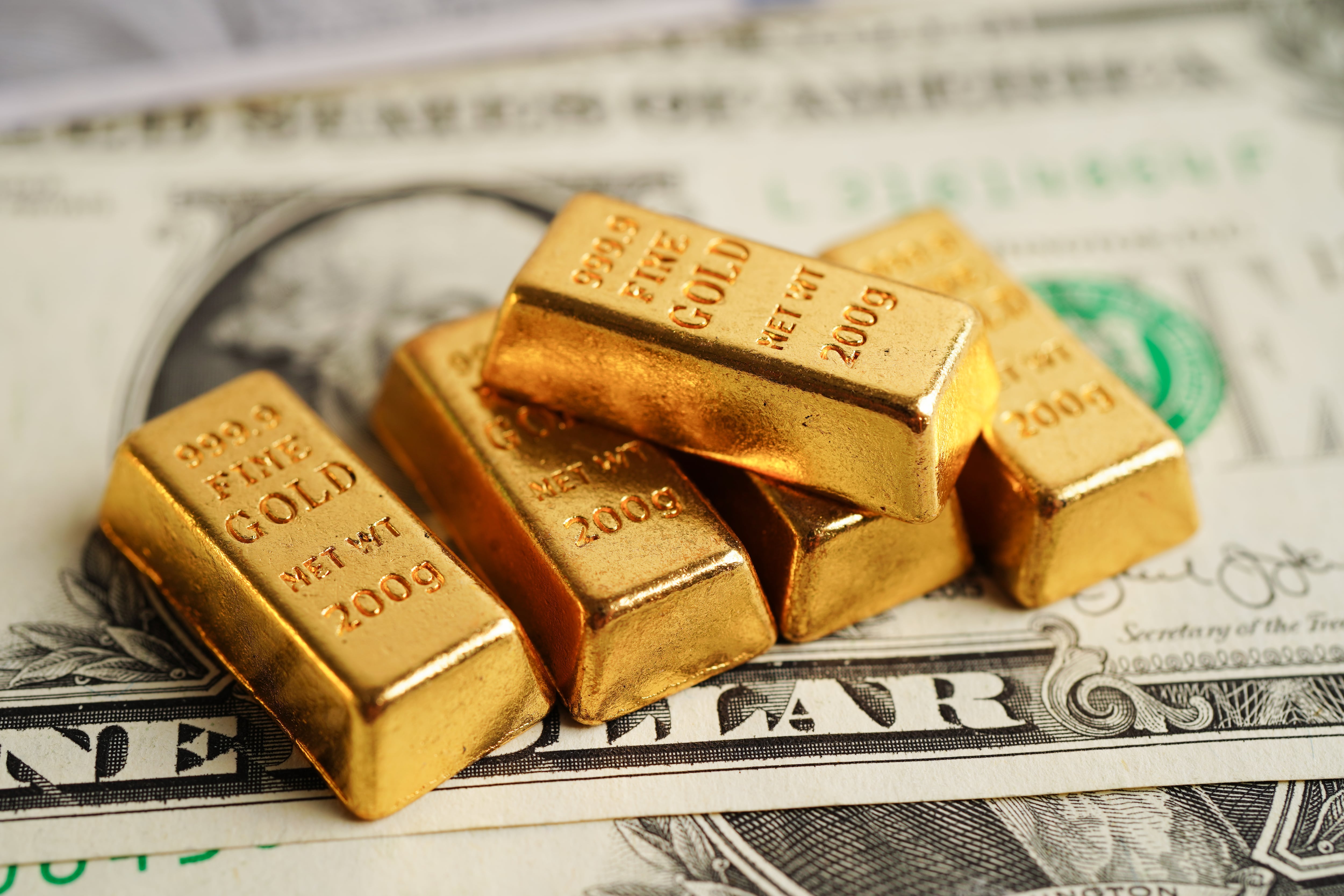Gold prices are booming and everyone from national banks to Costco seem to be buying it, but why?
The price of gold reached a record high of $2,364 per ounce earlier in the month and is up 10.5 percent so far this year, mainly driven by expectations that the Federal Reserve will cut interest rates and massive buying of the precious metal by China’s central bank. Other factors such as the wars in Gaza and Ukraine have also pushed the price up, as gold is widely seen as a safe-haven asset.
The U.S. election in November will also no doubt play a big role in its price movements this year. The price of gold increased by just 8.9 percent during the first 3 years of Biden’s presidency, the lowest of any of the past five U.S. presidents. Gold was up 31 percent over the same period in Trump’s presidency. Of course, this doesn’t necessarily mean that history will repeat itself should Trump win in November.
It’s not only the U.S. that’s in an election year. Voters in over 60 countries (about 49 percent of the world’s population) are expected to head to the polls this year. When this is taken into account, it’s even easier to see why an uptick in uncertainty might drive the price of gold higher through the rest of 2024.
The price did fall after the Federal Reserve's announcement that inflation had increased in March to 3.5 percent, up from 3.2 percent in February. This raised doubts as to how much the Fed would lower interest rates this year and therefore led to a rise in the U.S. dollar.. Higher interest rates make holding money in dollars more attractive. If inflation falls over the rest of 2024, it could push the strength of the dollar down and therefore increase the demand for other assets, including gold.
The Fed is still aiming for three rate cuts in 2024 according to the minutes of its March meeting on interest rates. However, the minutes also show that the Fed believes that other risks such as housing costs and higher unpredictable oil prices pose a risk to their base case of inflation drifting towards 2 percent.
Traders disagree on the movement of gold over the rest of 2024. Citibank expects the price to average $2,150 in the second half of 2024 whilst analysts at Bank of America say it could reach $2,4000 an ounce towards the end of the year. Bob Parker, senior advisor at the International Capital Markets Association, told CNBC earlier this month that the fundamentals for gold appear bearish and that “gold is very vulnerable to a setback”. As ever, it seems like analysts are split as to whether gold has further to run or not.
As the world grapples with political tensions and ongoing conflicts in 2024, the allure of the precious metal as a safe haven asset could position it well. But the contrast in predictions from analysts highlights the difficulty of predicting commodity prices. As 2024 progresses, investors would do well to keep a close eye on global events and understand that while uncertainty is generally good for gold, even the experts disagree on where it will finish the year.













